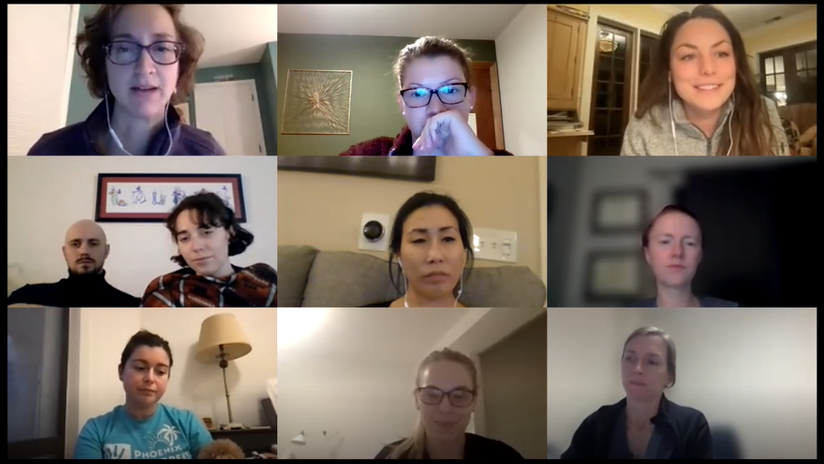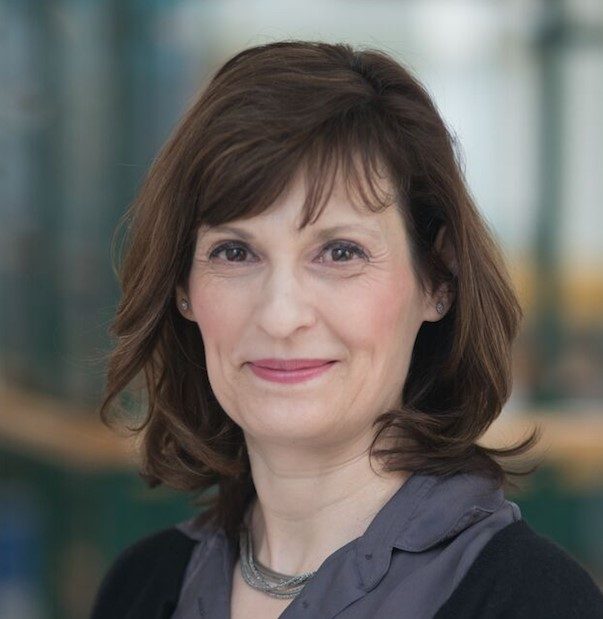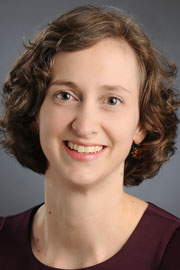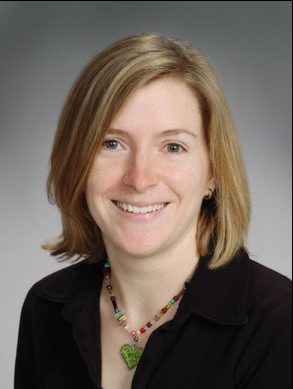
Genetic Skin Disorders
Genetic skin disorders include an array of conditions where small changes in a child’s genetic code affect the structure and function of the skin. These diseases can affect families with no known history of disease, are difficult to screen for, and often result in devastating pain and reduced life expectancy.

Co-Chairs & Subgroups

The Genetic Skin Disorders Focused Study Group is chaired by Elena Pope, MD of The Hospital for Sick Children.
Co-chaired by Jillian Rork, MD of Dartmouth and Kristen Holland, MD of the Medical College of Wisconsin, the Down Syndrome Subgroup aims to better understand the pathophysiology of dermatologic conditions in Down Syndrome.


Links
Studies
- A Randomized Phase 2 Clinical Trial to Evaluate a Temporary Skin Substitute (Spincare™ Matrix) for Wound Healing in Patients with Recessive Dystrophic Epidermolysis Bullosa (RDEB)
- Access to Genetic Testing for Epidermolysis Bullosa
- Characterization of Wound Microbes in Epidermolysis Bullosa
- Deciphering the “ugly duckling” – Natural history and molecular characterization of epidermolysis bullosa nevi
- Developing consensus guidelines on management of osteoporosis in epidermolysis bullosa: a delphi survey
Studies Seeking Collaborators
Coming soon.
Publications
Rakasiwi, Tasya, et al. “Dermatologic Conditions in Down Syndrome: A Multi-Site Retrospective Review of International Classification of Diseases Codes” Pediatric Dermatology (2024).
Perez, Victoria, et al. “Transition of care in adolescents with epidermolysis bullosa: The provider perspective” Pediatric Dermatology (2024).
Mittal, Vaishali, et al. “Online, home-based dystrophic epidermolysis bullosa registry” Pediatric Dermatology (2024).
Abreu Molnar, Brenda, et al. “Inpatient management of epidermolysis bullosa: Consensus-based hands-on instructions for neonates and postneonates” Journal of the American Academy of Dermatology (2024).
Dykman, Morgan, et al. “Dermatology Life Quality Index survey in patients with Down syndrome and caregivers” Pediatric Dermatology (2024).
Rangu, Sneha, et al. “Assessing pain catastrophizing and functional disability in pediatric epidermolysis bullosa patients” Pediatric Dermatology (2023).
Scollan, Margaret, et al. “Characterization of wound microbes in epidermolysis bullosa: A focus on Pseudomonas aeruginosa” Pediatric Dermatology (2023).
Sokoloff, Alexis, et al. “If My Hidradenitis Had a Voice, This is What It Would Say: The Perspective of a Young Woman with Down Syndrome and Hidradenitis Suppurativa” British Journal of Dermatology (2023).
Han, Joohee, et al. “Transition of care in patients with epidermolysis bullosa: A survey study” Pediatric Dermatology (2022).
Phillips, Gregory, et al. “A retrospective analysis of diagnostic testing in a large North American cohort of patients with epidermolysis bullosa” Journal of the American Academy of Dermatology (2022).
Sun, Qisi, et al. “Development and Initial Validation of a Novel System to Assess Ichthyosis Severity” Journal of the American Academy of Dermatology (2022).
Betancourt, Nicolas, et al. “Gorlin Syndrome: Assessing Genotype-Phenotype Correlations and Analysis of Early Clinical Characteristics as Risk Factors for Disease Severity” Journal of Clinical Oncology (2022).
Levin, Laura, et al. “Characterization of wound microbes in epidermolysis bullosa: Results from the epidermolysis bullosa clinical characterization and outcomes database” Pediatric Dermatology (2020).
Zaenglein, Andrea, et al. “Consensus recommendations for the use of retinoids in ichthyosis and other disorders of cornification in children and adolescents” Pediatric Dermatology (2020).
Shayegan, Leila, et al. “Skin cleansing and topical product use in patients with epidermolysis bullosa: Results from a multicenter database.” Pediatric Dermatology (2020).
Feinstein, James A., et al. “Assessment of the Timing of Milestone Clinical Events in Patients With Epidermolysis Bullosa From North America.” JAMA Dermatology (2018).
Active Member Locations
Get Involved!
Email us to get connected to the Genetics group or to learn more.
